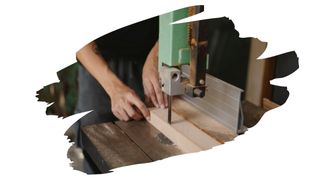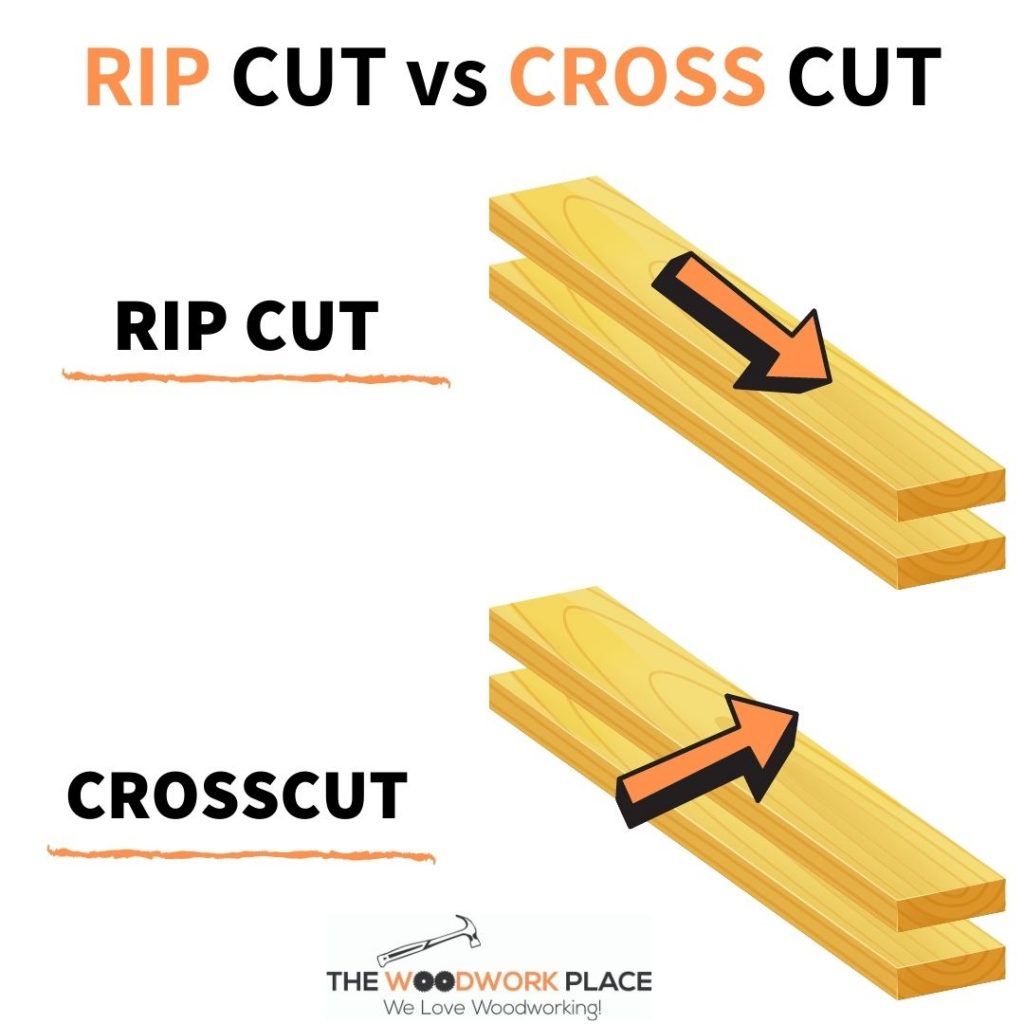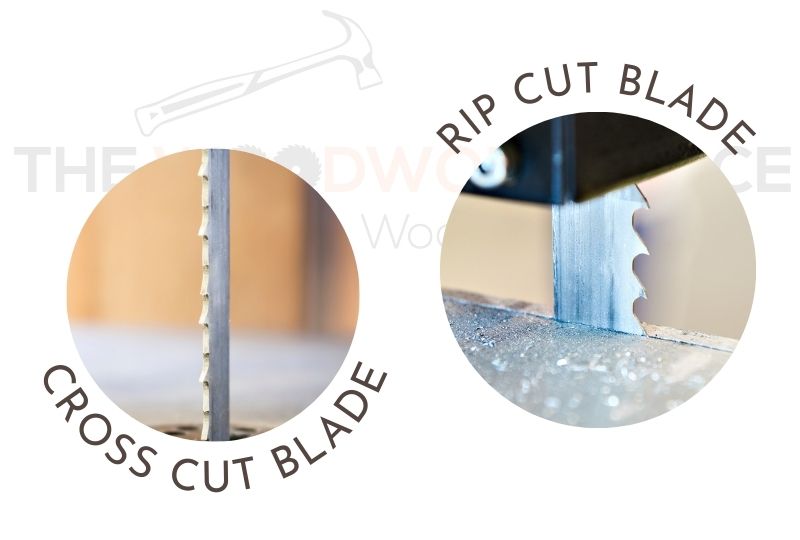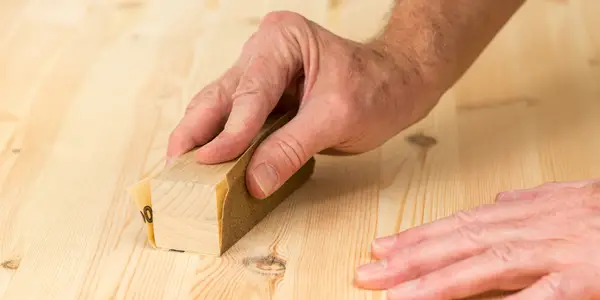Is your brand-new band saw giving you trouble? Are you struggling to get it to cut through wood (all without smoking up a storm)?
Well, this is a surprisingly common problem when it comes to using power saw tools. And it takes practice to learn how to get smooth cuts without tear-outs or burn marks.
But thankfully, there are a few things you can do to prevent your band saw from burning timber.
So, in this post, you will learn the top three most common reasons for band saw scorch marks. You’ll also find out which type of saw blade is less likely to burn tough hardwoods.
And keep reading to discover a quick and easy way to remove burn marks from wooden planks.

This post may contain affiliate links to products that we receive a commission for (at no additional cost to you). Learn more here.
First Off, Why Does My Band Saw Start To Smoke?
The reason lies in friction. Or to be more specific, it is due to the friction between the metal saw and wood fibers.
This friction is enough to build up heat, and that heat in turn causes those scorch marks.
And the heat isn’t just damaging that lumber. Band saw blades that regularly overheat can also dull far quicker as well.
Can A Band Saw Cause A Fire?
If there is enough friction — and you don’t switch off that power tool — then it certainly can.
As the saying goes, where there’s smoke, there’s fire (potentially).
Why Is My Band Saw Burning Wood? The Top 3 Reasons
Well, there are typically three common reasons for all of that scorching;
1). Dirt Build Up On Band Saw Blade
This tends to be most common cause if you regularly cut through very resinous types of wood.
Certain wood types, such as Pine or Cedar, have a lot of tree resin in them. Tree resin is a sticky substance that can build up between the teeth of a band saw.
Now, resin mixed with saw dust, can make your band saw excessively dirty. But, more worryingly, that build-up can increase the friction between your saw and the timber as you cut it.
So, if your band saw looks dirty — or you work with Pine a lot — take care to clean between those saw teeth.
2). Dulled Band Saw Blade
If your saw is as clean as a whistle, it can still end up scorching wood if it is too dull.
That’s because a dull blade will increase the friction between metal and lumber.
3). The Timber Is Too Tough
Sometimes there is no problem with the saw at all. Instead, the problem lies in the type of wood you are cutting through.
For example, very tough dense hardwoods can make life very difficult when it comes to sawing cleanly through them.
And trying to cut through the toughest of hardwoods can lead to burning, through no fault of your own.
You see, when wood is very tough, you’ll have to feed that wooden board through fairly slowly. This means that the blade will end up passing back and forth more so than usual.
That increase in sawing action, (due to taking longer to cut through), increases friction.
So What Can You Do To Prevent Burning?
Other than to regularly sharpen and clean your band saw, the best thing you can do is use the right blade for the job.
For example, if you’re having trouble cutting through tough hardwoods, then you should switch to using a rip blade.
Rip blades are designed for sawing along the grain, and making a ‘rip cut’ through wood.

However, the tip of the teeth of rip blades curl in at a slight angle. While the tip of crosscut blade teeth are a bit straighter.

The design of rip blades makes it easier to cut through dense lumber such as Hard Maple and White Oak.
Now, a rip blade can keep edges looking nice. However, a cross cut blade is invariably better at leaving behind the cleanest of cuts through wood.
Nevertheless, a rip blade will be much better at handling dense woods that are giving you trouble with scorch marks.
And What Can You Do To Get Rid Of Band Saw Burn Marks?
The easiest way to remove them is by sanding them off. Simply wrap sandpaper around a sanding block, and sand off those scorch marks manually.

You can also use a hand plane to remove them as well. However, sandpaper will do a better job at removing surface-level damage.
Related Post: What Causes Fuzzy Wood After Sanding? (And How To Fix It)
To Wrap Up, Here Are The 3 Key Takeaways From This Post…
- 1). If you start to see smoke wafting from a band saw blade, it’s because of heat build-up created by friction.
- 2). The most common reason for friction is a dirty and/or dull blade. Otherwise, you may be feeding the wooden plank through a little too slowly (which can also increase friction).
- 3). Sawing through very tough hardwoods can also result in burn marks. So, use a rip blade to cut through tougher types of timber.
